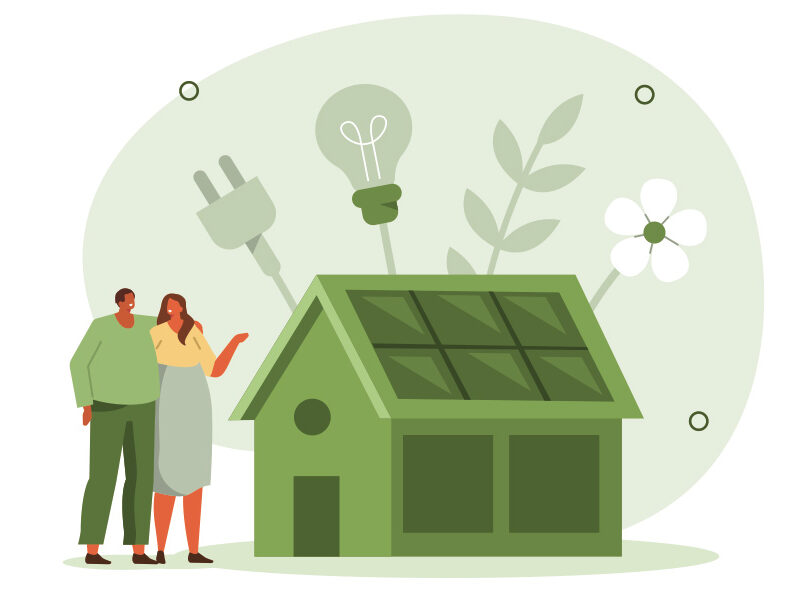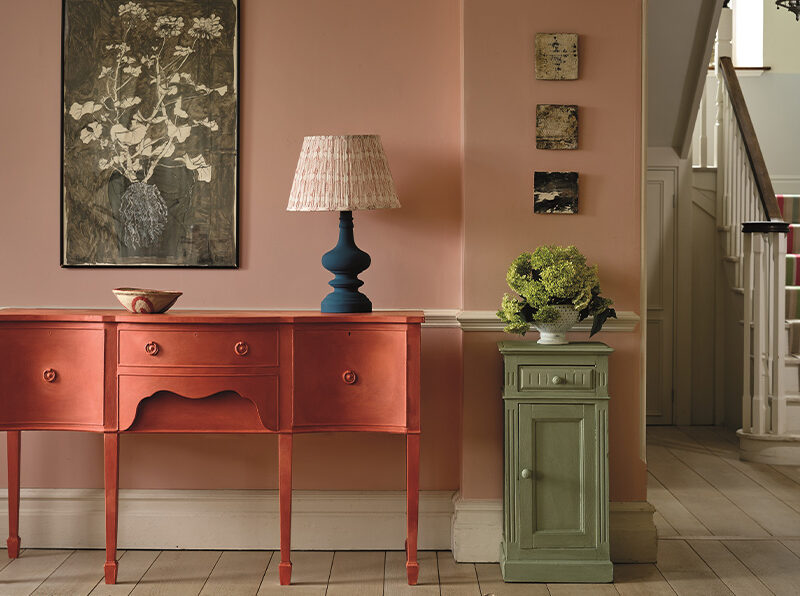
How to create an eco-focused garden
How to create an eco-focused garden
Main image: The Climate-Forward Garden – Melanie Hick
At Hampton Court Palace Garden Festival, taking place 2-7 July, several of the gardens specifically address environmental concerns, showing how you can create stunning outdoor spaces that are also kinder to the planet, help with biodiversity and are more robust to deal with a changing climate.
Melanie Hick has designed the Climate Forward Garden, which looks to the Australian bush for inspiration to transform a British front garden with typically Australian gum and crepe myrtle trees. She says: “Many plants from Australia will endure our changing climate in the UK. Look for hardy plants that withstand frosts and drought like the Mount Buffalo Eucalyptus, a small species that suits compact gardens.”
Recycled materials and reclaimed timber have been incorporated into Melanie’s design. Adds Melanie: “Ours come from some spectacular sites around the UK such as piers and wharves. Re-using items like our old water tanks for planters reduces landfill and gives these items a second life.”
Other eco measures in her Hampton Court show garden include using ground screws to secure the fencing to do away with concrete, which emits CO2 as it sets.
When it comes to your landscaping, gravel is an excellent material for sustainable rainfall management as it is highly permeable, allowing rainwater to soak away into the soil easily rather than running off and causing erosion or flooding.
And add habitat. Melanie says: “Creating wildlife habitats encourages biodiversity. I have added custom-made habitat poles for solitary bees of all sizes, but you could leave piles of twigs and exposed sand to treat your insects to a new home.”
Gravel ©RHS Tim Sandall / Insect Habitat in Stone Wall ©RHS Tim Sandall / RHS Peat Free Garden Render
All of the materials used in Arit Anderson’s RHS Peat Free Garden have been recycled including a large greenhouse made from upcycled windows, borrowed paving, and old railway sleepers. Two large water butts collect rainwater from the greenhouse with overflow channelled into a water feature.
The BBC Gardeners World presenter has designed his Peat Free Garden to include wildlife friendly features including a bog pond and bug hotel made from an old beehive.
Workshops will be hosted at the garden during the show to help demystify the use of alternatives to peat, with the protection of peatlands a key priority given their role in storing carbon, with these boggy habitats storing over twice as much as all the world’s forests combined, despite covering an area ten times smaller. They are also unique ecosystems.
If you’re about to revamp your garden, Arit says to take your time when planning your space. “Often, hasty decisions can end up wasteful. Many sustainable options can take more time, so enjoy the process.”
Arit also advises you look after your soil. “Reduce digging, and add organic mulches to improve soil fertility and lock in moisture. Healthy soil has a huge capacity to absorb water (reducing floods), improve your plants and, importantly, lock carbon in the ground.”
“And plant more trees! The canopy cover intercepts rain to slow down rainwater runoff, whilst the leaves can reduce hot summer temperatures by 10c creating shade, which is so important especially in urban areas.”
Hampton Court Garden Festival takes place 2-7 July.






